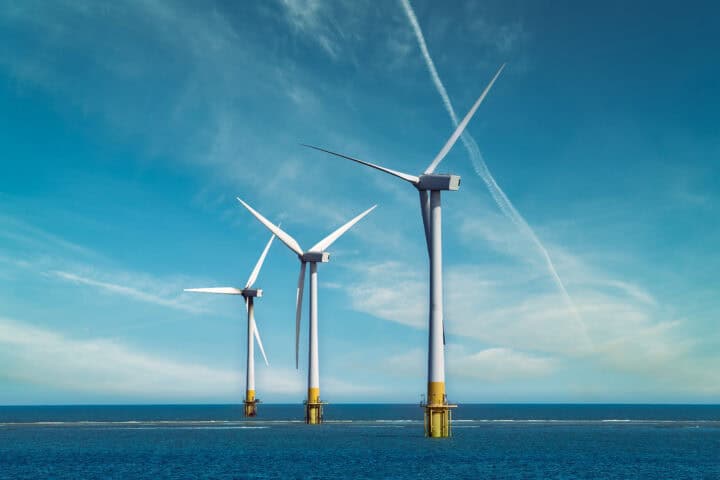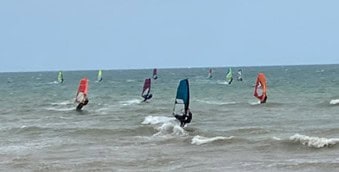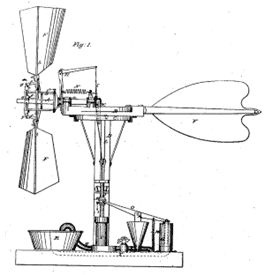
A large amount of my work at HLK is in the field of fabrics for wind turbine blades, so it’s great to see the real-world results of the research and development that goes into producing novel fabrics which allow for the production of larger wind turbine blades and in turn more efficient wind turbines.
 In this article, Joanne explores the rapid evolution of wind power and reflects on advances in turbine technology and blade materials, highlighting how innovation has driven massive gains in efficiency since the 1850s.
In this article, Joanne explores the rapid evolution of wind power and reflects on advances in turbine technology and blade materials, highlighting how innovation has driven massive gains in efficiency since the 1850s.

